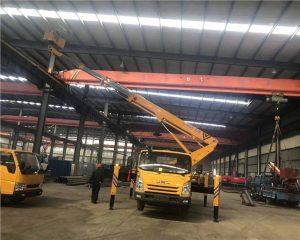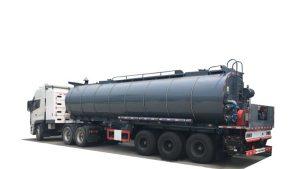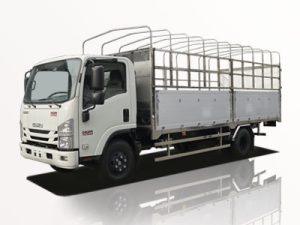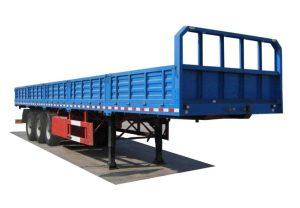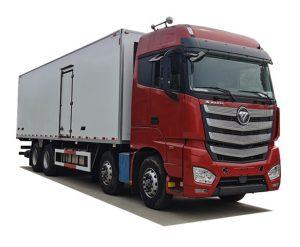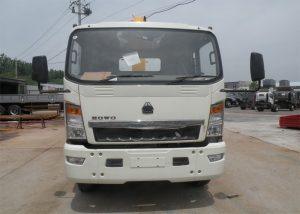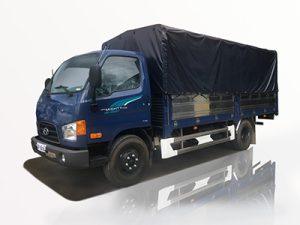Monday to Saturday - 8:00 -17:30
Ultimate Guide to Firetruck Camper Conversion: Transforming Emergency Vehicles Into Unique RVs
Firetruck camper conversions are gaining popularity among outdoor enthusiasts and adventurous spirits looking for unique and robust RVs. Transforming an old firetruck into a mobile home is not just about aesthetics; it’s about creating a durable, spacious, and off-the-grid capable living space. In this comprehensive guide, we will explore everything you need to know about firetruck camper conversion—from planning and design to execution and practical tips for use.
Understanding Firetruck Camper Conversions
What is a Firetruck Camper Conversion?
A firetruck camper conversion involves taking an old firetruck and transforming it into a livable recreational vehicle (RV). Firetrucks are built to be strong and durable, making them an ideal foundation for a camper. Due to their spacious interiors, they can typically accommodate various living arrangements.
Benefits of Converting a Firetruck
- Durability: Firetrucks are built to withstand extreme conditions and heavy usage.
- Space: Most firetrucks offer ample space for a living area, kitchen, and bathroom.
- Unique Appearance: The distinctive look of a firetruck stands out, making for a fun and engaging vehicle.
- Off-Grid Capabilities: Many firetrucks come equipped with powerful batteries and generators, which are perfect for off-grid living.
Planning Your Firetruck Camper Conversion
Research and Budgeting
Before initiating the conversion, research thoroughly about firetruck models and set a realistic budget. Consider factors such as purchase price, renovation costs, and potential unexpected expenses.
Choosing the Right Firetruck Model
Some popular models for conversion include:
| Model | Length | Weight | Features |
|---|---|---|---|
| Chevy C4500 | 22 ft | 12,000 lbs | Good engine performance, low maintenance |
| Ford F-450 | 20 ft | 14,000 lbs | Strong payload capacity, versatile |
| International 4900 | 26 ft | 16,000 lbs | Big size, robust engine |
Planning the Interior Layout
Think about your needs and how you plan to use the firetruck. Common configurations include:
- Living Area: Seating and possibly a small table.
- Kitchen: Compact but functional with a stove, sink, and storage.
- Sleeping Area: A foldable bed or a loft design to save space.
- Bathroom: A portable toilet or a small shower area.
Permits and Regulations
Check local regulations regarding vehicle modifications and RV usage. You may need a permit for certain conversions, especially when it involves plumbing or electrical modifications.
Preparing the Firetruck for Conversion
Inspection and Maintenance
Before starting any renovation work, conduct a thorough inspection of the firetruck. Look for signs of rust, leaks, or engine issues.
Essential Maintenance Steps
- Check and replace oil and fluid levels.
- Inspect and repair brakes and tires.
- Ensure the battery and electrical system are in good condition.
Cleaning and Disinfecting
Once the vehicle is inspected, clean it inside and out. Remove any equipment not needed for your conversion. Disinfect all surfaces, especially if the firetruck was actively used in firefighting.
Key Aspects of Firetruck Conversion
Insulation and Ventilation
Proper insulation and ventilation are crucial for comfort. Choose insulation materials that are lightweight and effective. Ideas to consider include:
- Foam Board Insulation: Lightweight and moisture-resistant.
- Reflective Insulation: Helps by reflecting heat away in the summer, keeping the interior cool.
Electrical Systems
Designing the electrical system carefully is paramount. Common options for powering your camper include:
- Solar Panels: An eco-friendly energy source.
- Generator: Provides reliable power for appliances.
- Inverter: Converts DC from batteries to AC for standard appliances.
Water and Plumbing
Installing a water system will depend on your intended usage. Here are some components to consider:
- Freshwater tank for storing potable water.
- Greywater tank for wastewater.
- Portable or built-in toilet for sanitation.
Interior Design and Build
Designing the interior is where creativity plays a significant role. Use materials that are durable yet lightweight. Consider:
- Compact furniture that can serve multiple purposes.
- Folding tables and murphy beds to save space.
- Lightweight walls made of plywood or similar materials.
Furnishing and Decorating Your Firetruck Camper
Choosing Functional Furniture
When choosing furniture, opt for multi-functional pieces such as:
- Ottomans that can serve as storage.
- Convertible sofas that can turn into beds.
Decorative Touches
Add personal touches with decorative elements like:
- Rugs to add warmth.
- Artwork or photos to make it feel more like home.
- Plants for a fresh and breathable environment.
Practical Examples and Tips for Your Firetruck Camper Conversion
Case Study: A Successful Firetruck Conversion
Meet John and Sarah, a couple who converted a 1990 Chevy C4500 firetruck into their dream camper. They focused on:
- Utilizing vertical space with a lofted bed.
- Installing solar panels for a sustainable power source.
- Creating an outdoor kitchen setup for cooking while enjoying nature.
Tips for Successful Conversions
- Join Online Communities: Engage with others who have undertaken similar projects.
- Document Your Progress: Share your journey on social media or a blog.
- Prioritize Safety: Ensure all installations are secure and compliant with safety standards.
Maintaining Your Firetruck Camper
Regular Maintenance Schedule
Maintain your camper just like you would any vehicle. A regular schedule might include:
- Checking oil and fluid levels every 3,000 miles.
- Performing a full inspection annually.
Winterizing Your Firetruck Camper
Before winter, it’s crucial to protect your investment by:
- Draining all water systems to prevent freezing.
- Using storage covers for protection from the elements.
Frequently Asked Questions (FAQ)
What is the average cost of a firetruck conversion?
The total cost can vary significantly, but expect to spend anywhere from $10,000 to $50,000, depending on the firetruck model, materials, and the extent of the conversion.
Can I drive a converted firetruck on regular roads?
Yes, you can drive a converted firetruck on regular roads, but check with local DMV regulations regarding vehicle size and weight limits.
How many people can comfortably stay in a firetruck camper?
Typically, a firetruck camper can comfortably accommodate 2-4 people, depending on the design and layout.
Is it safe to off-grid in a firetruck camper?
Yes, firetrucks often have strong electrical systems and durable structures that make them capable of off-grid living, provided you have adequate water and power setups.
Do I need any special training to convert a firetruck?
While no formal training is required, some knowledge of basic carpentry, plumbing, and electrical work will be beneficial. Many resources are available online.
What features should I prioritize in a firetruck camper conversion?
Focus on insulation, electrical systems, water setup, and storage solutions to ensure your firetruck camper is comfortable and functional.


